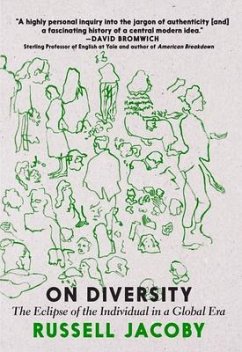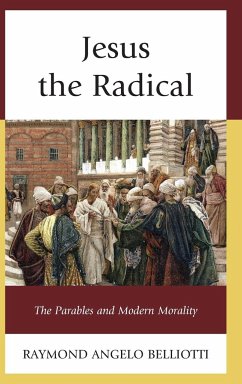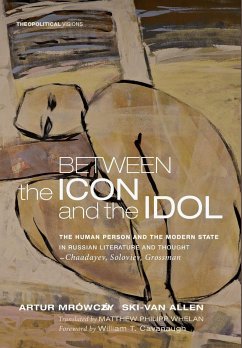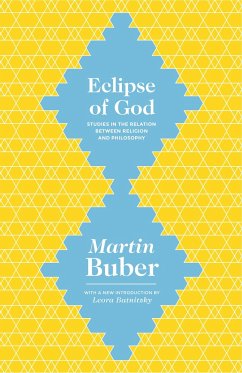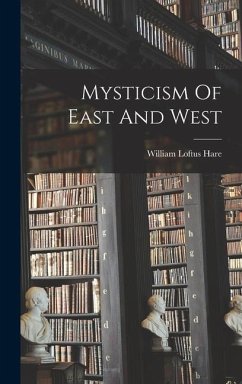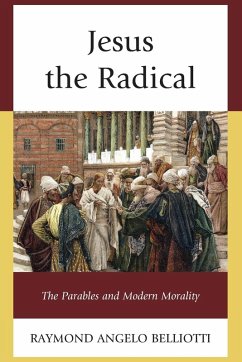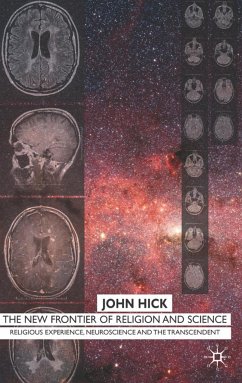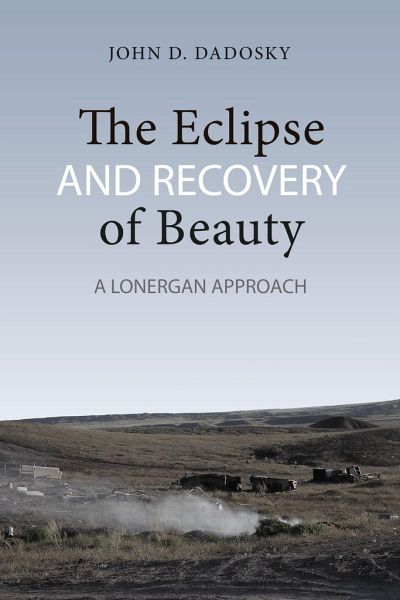
The Eclipse and Recovery of Beauty
A Lonergan Approach
Versandkostenfrei!
Versandfertig in über 4 Wochen
79,99 €
inkl. MwSt.
Weitere Ausgaben:

PAYBACK Punkte
40 °P sammeln!
Deeply engaged with the work of Aquinas, Kierkegaard, Nietzsche, and Kant, among others, The Eclipse and Recovery of Beauty will be essential reading for those interested in contemporary philosophy and theology.



